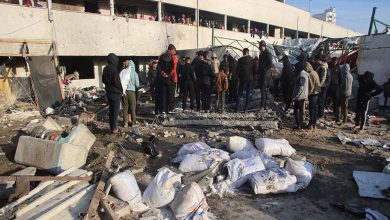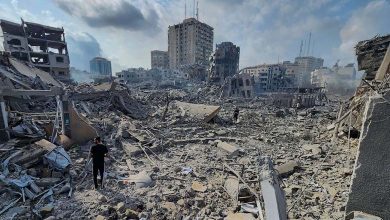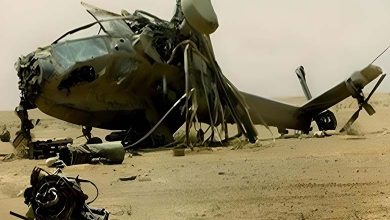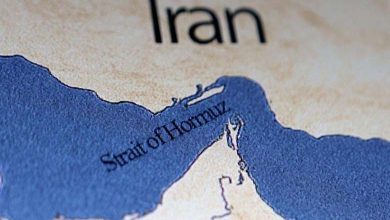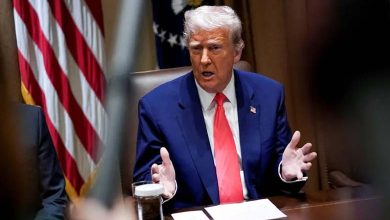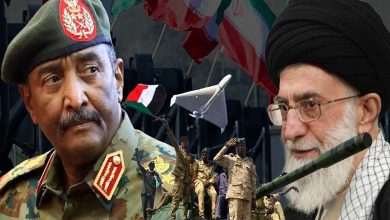T-90M: Russia’s Steel Shield Dominates the Battlefield
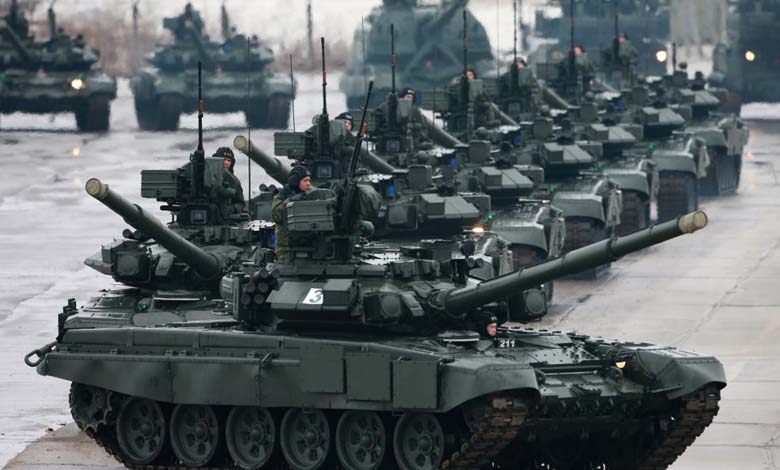
The Russian T-90M tank is considered one of the world’s top main battle tanks, with President Vladimir Putin describing it as the best armored vehicle currently in service.
-
“The Russian Hell” shakes Ukraine… Learn about the “Doomsday” bomb
-
Targeting the Kremlin… Ukraine Fails in Its Counterattack on the Russian Capital
Named Proryv-3, the T-90M reflects Moscow’s latest efforts to modernize its military arsenal and enhance its combat capabilities amid ongoing conflicts, especially in Ukraine, according to The National Interest magazine.
Officials from Rostec, Russia’s state-owned defense conglomerate, assert that the T-90M, along with other tanks like the T-72B3M and T-80BVM, represents the best mass-produced battle tanks globally, thanks to a flexible and efficient production system that adapts swiftly to battlefield requirements.
-
“Shadow War”… Europe Plans an Attack on Russian “Ghosts”
-
“Strategic ‘Toretsk’ in Russian Hands… Ukraine Faces Supply Line Crisis”
The T-90M boasts an advanced design combining powerful firepower and high-level protection. It is equipped with a 125mm main gun capable of firing high-speed precision rounds, supported by advanced electronic targeting systems with thermal and night vision capabilities.
The tank features Relikt reactive armor, designed to absorb the impact of anti-tank munitions and reduce penetration, increasing its battlefield survivability. A special coating reduces its detectability by radar and heat-seeking missiles.
-
Ukraine War: Russian Advance Shifts the Balance of Power and a Target Bank Ahead of Winter
-
CNN reveals details of the deadliest Russian attack on Ukraine since the start of the war
Weighing around 50 tons, the T-90M runs on a 1130-horsepower diesel engine, reaching speeds up to 70 km/h. A self-loading mechanism allows for a high rate of fire—7 to 8 rounds per minute—with only a three-person crew.
Rostec emphasizes that the tank’s modular production enables quick updates like enhanced communications or added armor. It also uses components compatible with older T-72 and T-80 models, simplifying maintenance and logistics.
Other notable features include Kalina thermal cameras, night vision systems for all-weather operation, and a digital battle management system that provides real-time battlefield data and enhances coordination between military units.
-
The “Orechnik” Surprise: The Russian “Terrifying” Missile Pulses with a Western Heart
-
Ukraine War: Russian Advance Shifts the Balance of Power and a Target Bank Ahead of Winter
However, the autoloader—a legacy of Soviet tank design—poses a serious risk. Ammunition is stored within the turret, making the tank vulnerable to catastrophic explosion if an anti-tank round breaches the turret ring. This “jack-in-the-box effect” can cause the turret to be blown off the chassis. Despite its advanced systems, this flaw remains unresolved in the T-90M. Crews in the field have resorted to improvised solutions like “turtle shell” cage armor, but these are only temporary fixes.
Moreover, combat in Ukraine has exposed additional vulnerabilities, such as weak protection over the engine compartment and gearbox, leaving the tank susceptible to kamikaze drones and armor-piercing rounds.
-
“Serious Mistake”… Russia Threatens “Military Response” to “German Missiles”
-
A Massive Military Parade… What is Victory Day and What is its Importance to Russia?
Russian tactics—often deploying tanks without adequate support—further increase their vulnerability. For instance, a T-90M was severely damaged during a clash with two U.S.-made Bradley fighting vehicles operated by Ukrainian forces.
Despite high demand, Russia struggles with production. Western sanctions have disrupted the supply of key components, hampering Moscow’s ability to scale output. According to the IISS, only 40 units were produced before the war, with about 70 in 2023. Optimistic projections suggest a maximum production capacity of 200 tanks per year under ideal conditions.



